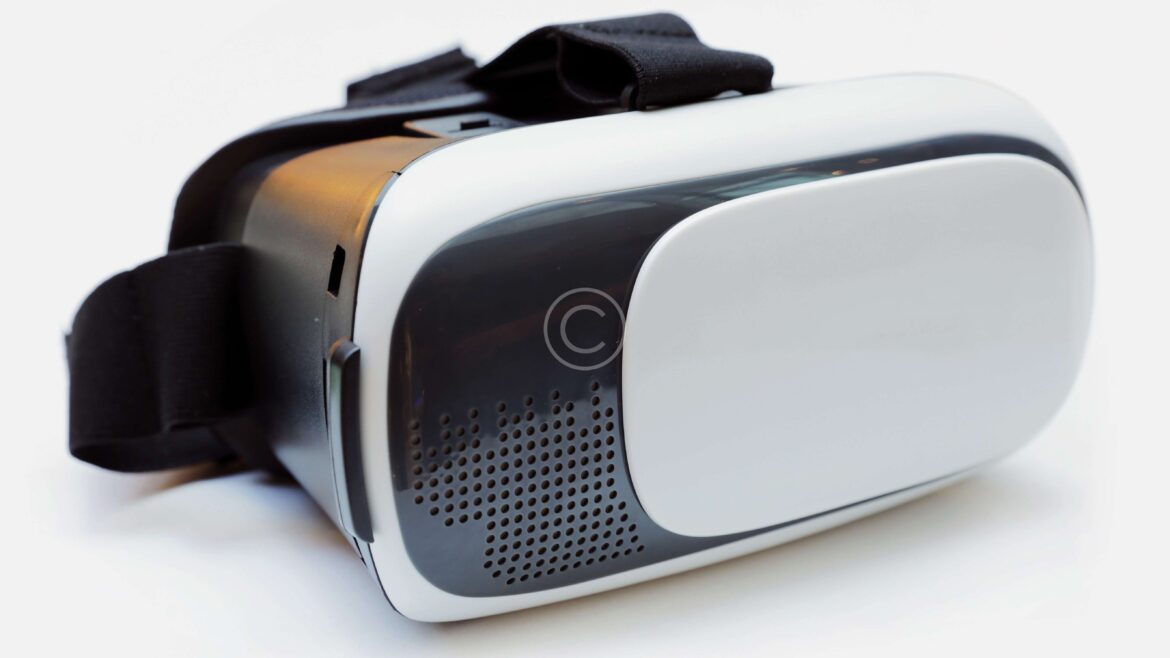Introduction
Virtual Reality (VR) has rapidly become one of the most innovative tools for enhancing simulation training across industries. From healthcare to aviation, the technology has provided new ways to create immersive, realistic learning environments. But what is driving this revolution? In this article, we’ll explore how VR is transforming simulation training and its growing impact on various fields.
What is Virtual Reality (VR)?
VR is a computer-generated experience that immerses users in a simulated environment. By wearing a VR headset and using sensors, participants can interact with a 3D world that mimics real-life settings. This level of immersion allows users to feel as though they are physically present in the virtual environment, making it perfect for training that requires practical, hands-on experience.
What is Simulation Training?
Simulation training replicates real-world scenarios to provide hands-on practice in a safe, controlled environment. Traditionally, this type of training has been used in industries like aviation, healthcare, and the military, where on-the-job learning can be risky or expensive. With the introduction of VR, simulation training has taken a leap forward by offering a more dynamic, immersive experience.
The Convergence of VR and Simulation Training
The blending of VR with simulation training creates a powerful tool that boosts engagement and effectiveness. Instead of relying on flat screens or physical models, trainees can enter a fully immersive world where they can practice procedures, react to complex scenarios, and receive instant feedback on their performance.
Industries Benefiting from VR Simulation Training
Healthcare
In the healthcare field, VR is helping medical professionals practice surgeries and procedures in a risk-free environment. Medical students can perform virtual surgeries, learning to manage complications without putting real patients at risk. For example, VR-based surgical simulators allow for repeated practice on lifelike models, leading to better precision and decision-making in real surgeries.
Aviation
The aviation industry has long used simulators, but VR has taken this to the next level. Pilots can now train in hyper-realistic flight environments, practicing take-offs, landings, and emergency procedures. These VR flight simulators replicate every aspect of flying, allowing trainees to make mistakes and learn from them without the life-or-death consequences.
Military
In the military, VR is being used for combat training. Soldiers can experience a range of tactical scenarios, such as urban warfare or rescue missions, in a simulated environment. This not only reduces the cost of field training but also ensures that soldiers are better prepared for high-pressure situations.
Automotive Industry
The automotive sector is also utilizing VR for driver safety and vehicle testing. Engineers can simulate how vehicles react under different conditions, helping them make design adjustments before ever building a physical prototype.
Advantages of VR Simulation Training
Enhanced Realism
The greatest advantage of VR simulation training is its ability to create a highly realistic environment. Trainees can experience scenarios that feel real, making the transition from training to real-world applications much smoother.
Safe Learning Environment
One of the most significant benefits of VR is that it allows trainees to make mistakes without real-world consequences. Whether it’s a surgeon practicing a complex operation or a soldier simulating a combat mission, VR ensures that users can learn and improve in a safe setting.
Cost-Effective and Scalable
While the initial setup costs for VR can be high, it often proves more cost-effective in the long run. Traditional training methods, such as using physical equipment or real-world scenarios, can be expensive and limited by geographical or logistical constraints. VR allows for repeated practice at a fraction of the cost, making it scalable for businesses of all sizes.
Instant Feedback
VR systems often come equipped with performance analysis tools, providing instant feedback to users. This allows trainees to understand their mistakes immediately and work on improvements, accelerating the learning process.
Challenges of VR Simulation Training
Although VR offers numerous advantages, it does come with some challenges. Initial setup costs for VR systems can be prohibitive for smaller organizations. Additionally, motion sickness and technical glitches can affect the user experience. Regular updates and system improvements are necessary to ensure the technology remains cutting-edge and user-friendly.
The Future of VR in Simulation Training
As VR technology continues to advance, we can expect it to become an even more integral part of simulation training. Future developments may include the integration of artificial intelligence (AI) and machine learning to create even more adaptive and personalized training programs. With these advancements, VR will continue to revolutionize the way we approach learning and skill development.
Conclusion
VR is undeniably transforming simulation training, offering unparalleled immersion, realism, and cost-effectiveness. From the healthcare sector to aviation, its applications are vast, and the potential for growth is immense. As technology evolves, we can expect to see VR play an even bigger role in education and workforce training.

